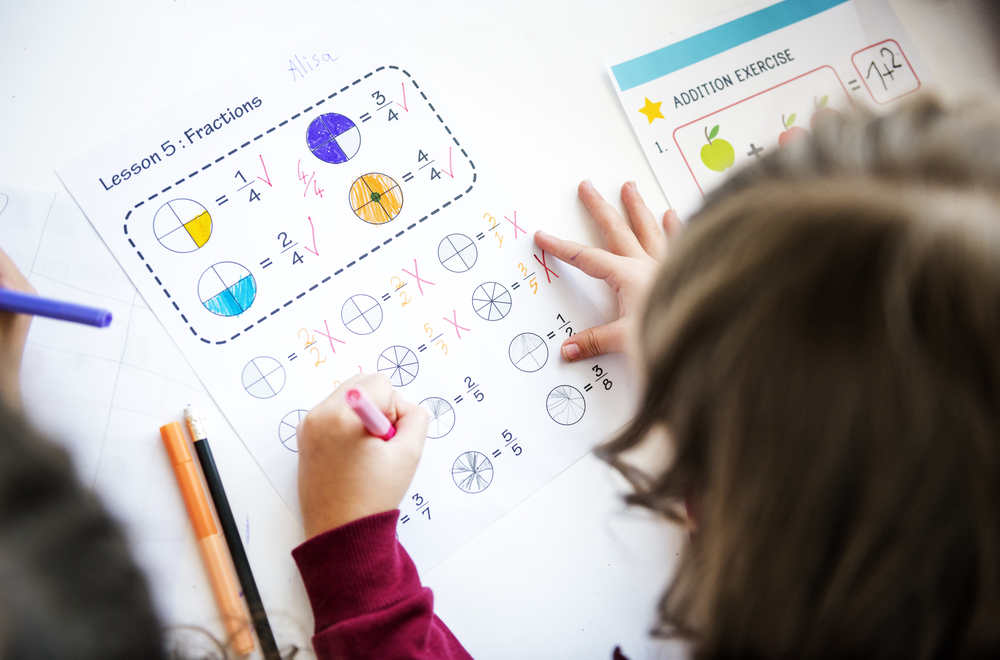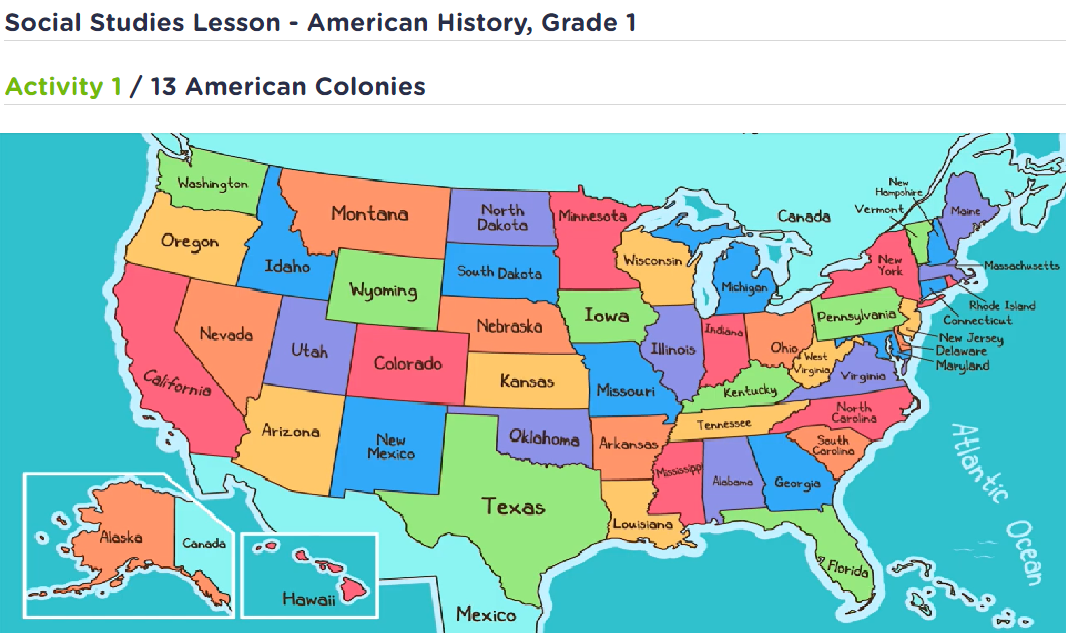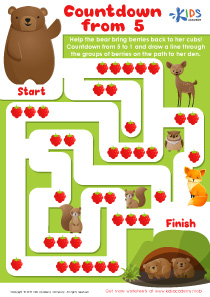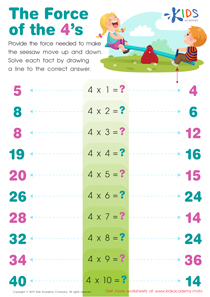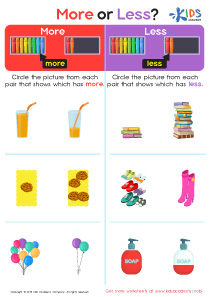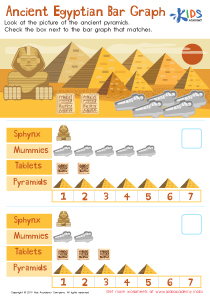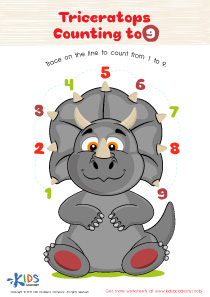Understanding line plots Easy Math Worksheets for Ages 7-8
8 filtered results
-
From - To
Discover our easy math worksheets designed to help children aged 7-8 master the concept of line plots. At Kids Academy, we offer engaging and straightforward activities tailored to this age group, focusing on developing their data interpretation skills. Each worksheet is crafted to turn learning into a fun experience, guiding young learners through the basics of creating and understanding line plots. By visualizing and organizing data, children will enhance their mathematical reasoning and critical thinking. Perfect for classroom use or at-home practice, our resources aim to build a solid foundation for future math success. Join us in making math both enjoyable and educational!
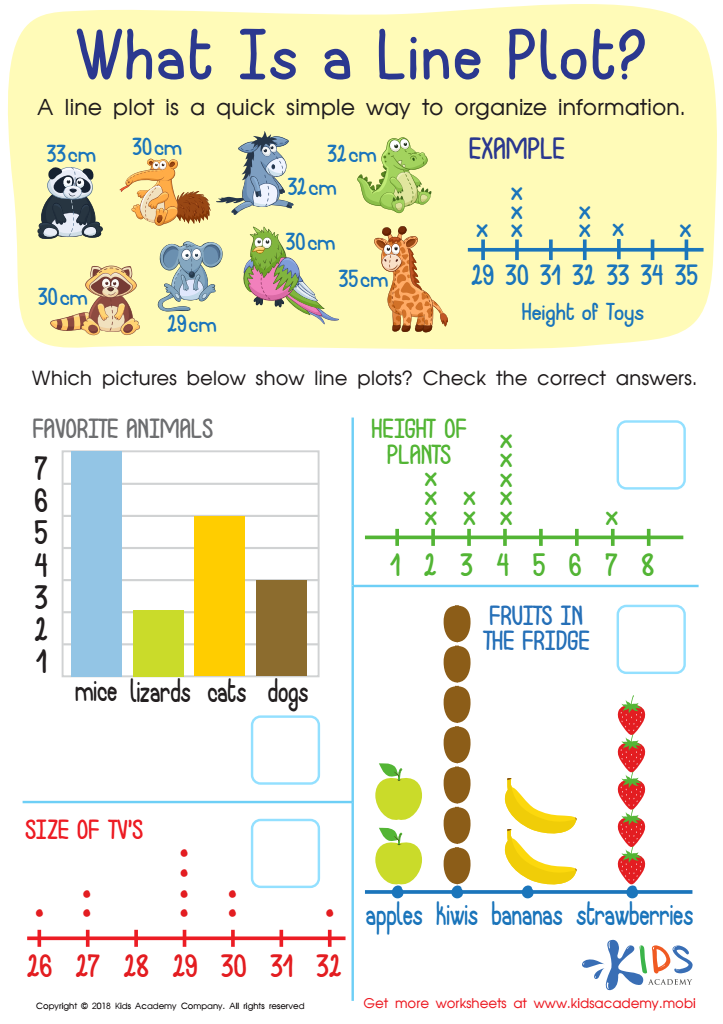

What Is a Line Plot? Worksheet
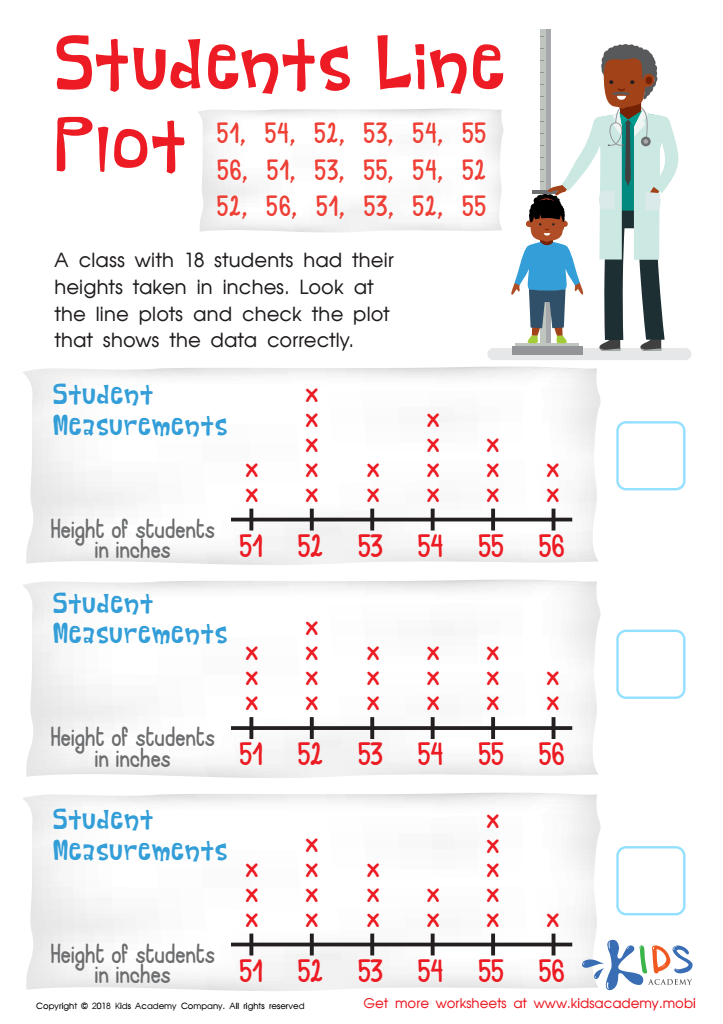

Students Line Plot Worksheet
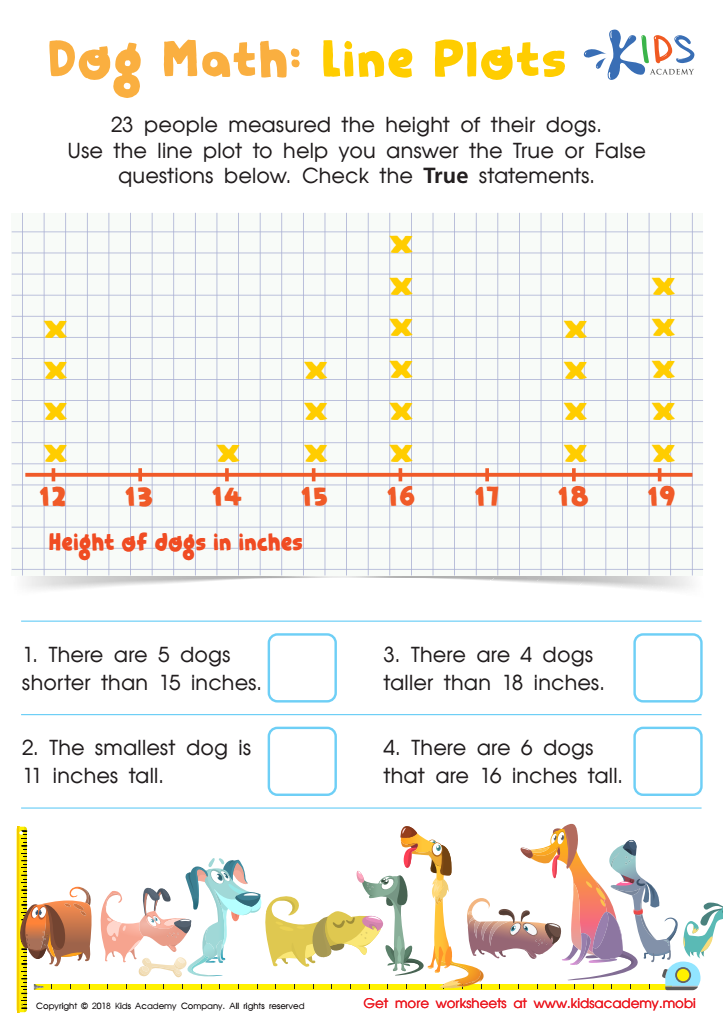

Dog Math: Line Plots Worksheet
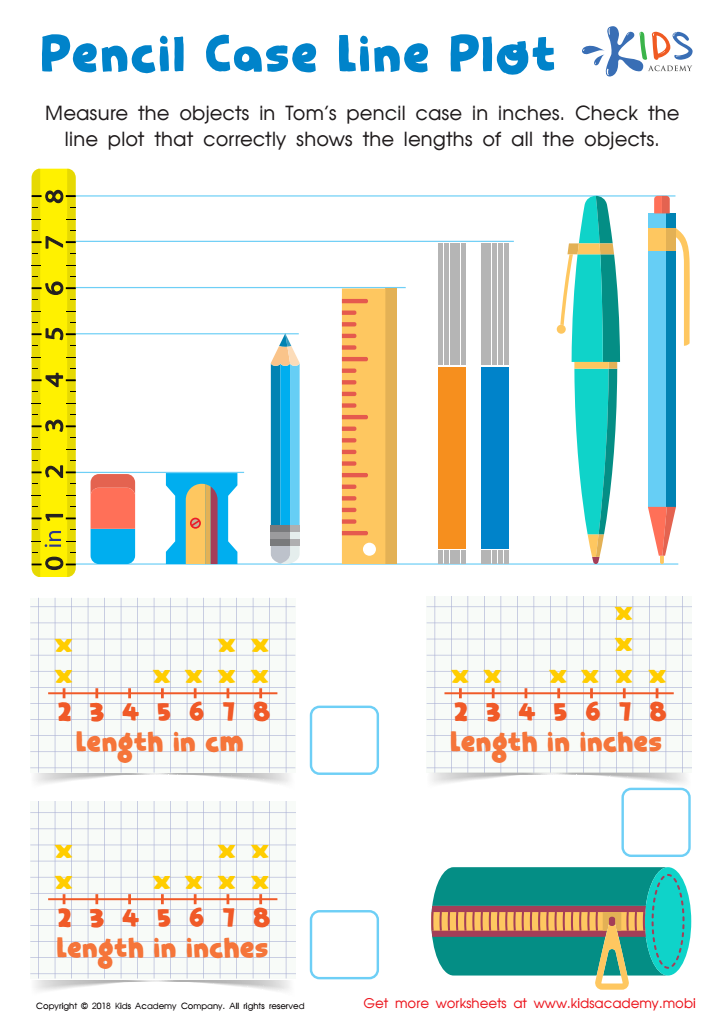

Pencil Case Line Plot Worksheet
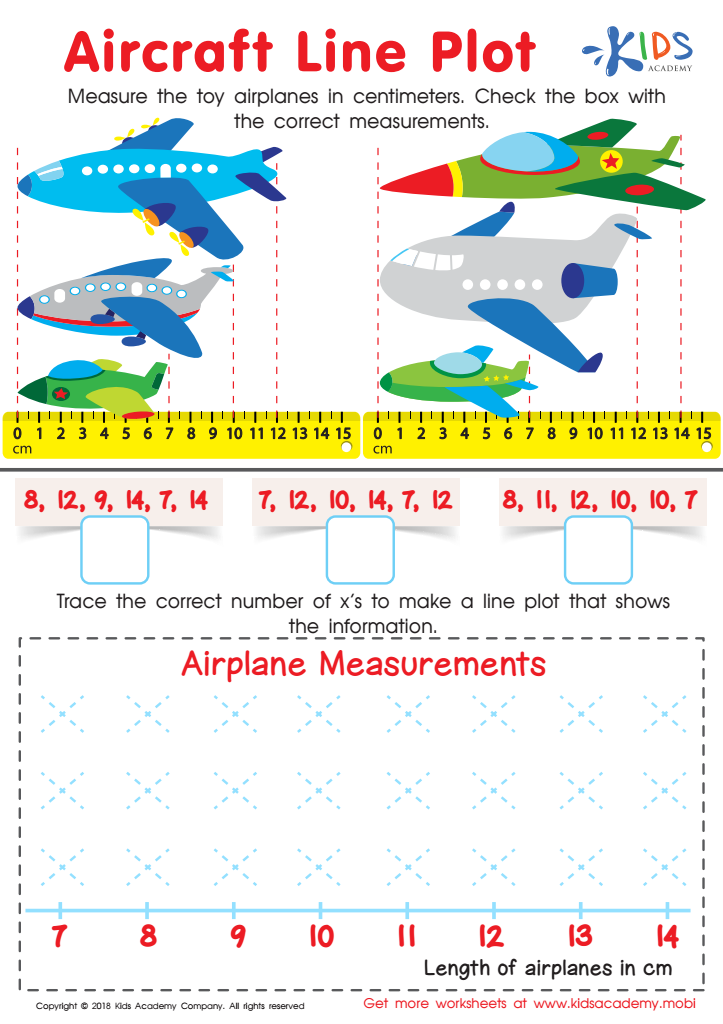

Aircraft Line Plot Worksheet
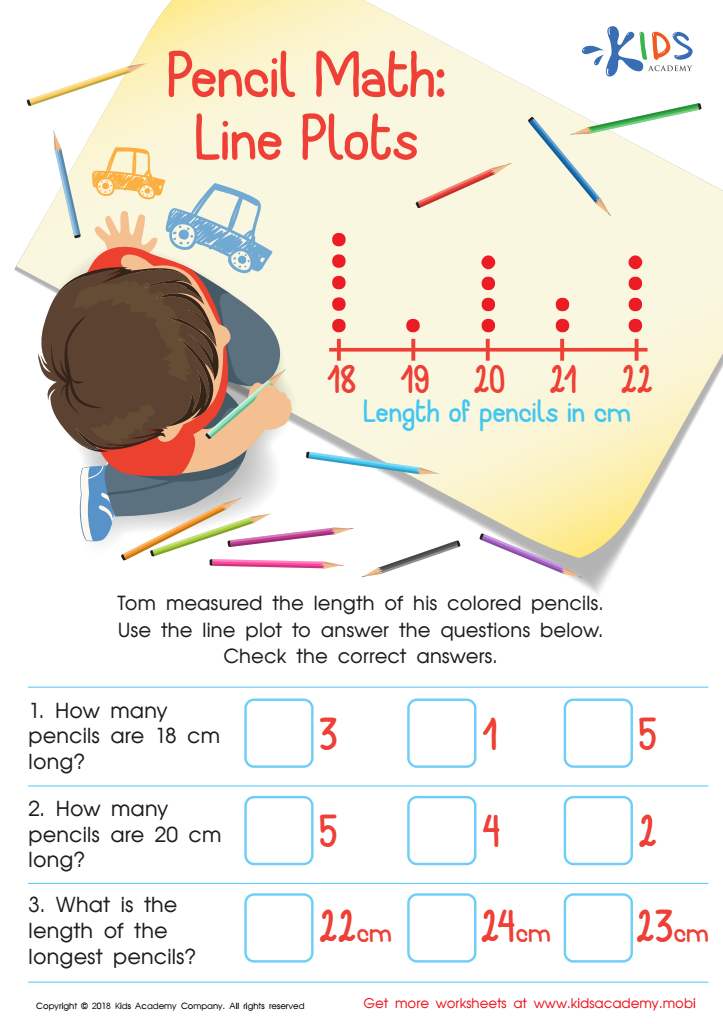

Pencil Math: Line Plots Worksheet
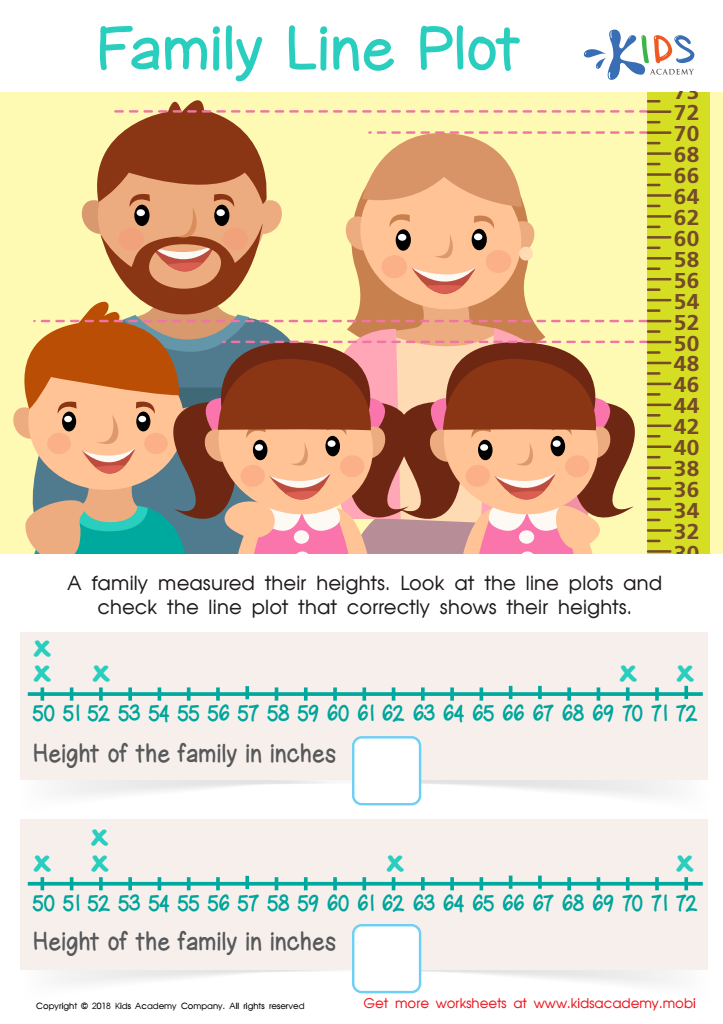

Family Line Plot Worksheet
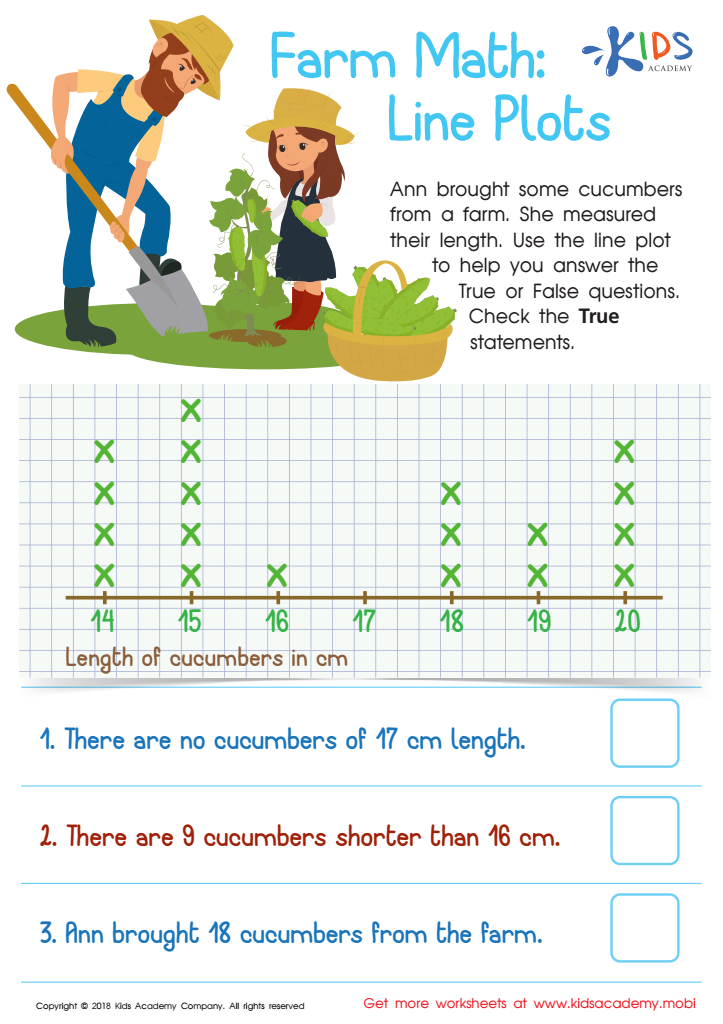

Farm Math: Line Plots Worksheet
Understanding line plots is crucial for young learners, especially those aged 7-8, because it lays the foundation for essential math skills and analytical thinking. At this age, children are transitioning from concrete to more abstract forms of mathematical thinking. Line plots offer a visually straightforward way for kids to organize and interpret data, which is a higher-order skill that they will need throughout their educational journey.
For parents and teachers, promoting a clear understanding of line plots means fostering skills such as data collection, representation, and interpretation. These skills are highly valued in both academic settings and real-world scenarios. For instance, being able to read and create line plots helps children make sense of everyday situations like tracking weather changes or understanding classroom surveys.
Additionally, learning to work with line plots strengthens other math skills, including counting, addition, and subtraction, as children learn to plot points and scale axes accurately. It also fosters critical thinking and problem-solving as kids analyze what the data reveals.
By focusing on easy introductory activities for line plots, parents and teachers make math engaging and accessible, thus boosting confidence and setting a solid groundwork for more complex mathematical concepts in later years. It's an investment in a child's cognitive development and future success.
 Assign to My Students
Assign to My Students







